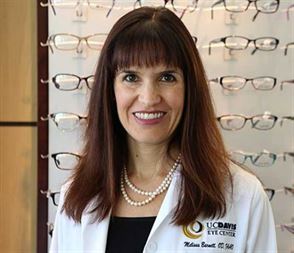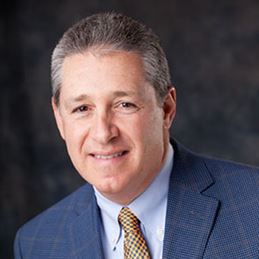Dr. Hauser: You mentioned that you treat dry eye aggressively, with a focus on its underlying causes. If that includes IPL, a lot of practitioners wonder if you the treatment area includes facial telangiectasias as well as the eye area.
Dr. Desai: My treatment zone for IPL (M22 Optima IPL, Lumenis) is from lateral campus to lateral campus, including the bridge of the nose. Based on the education we do, we have a very high level of patient acceptance for IPL. And it works. We see very few non-responders who are too far-gone in terms of gland atrophy.
While I’m treating the eye area, I also treat telangiectasias in the cheeks and chin. Patients love it. After treatment, they notice that not only are their dry eye symptoms getting better, but their skin looks rejuvenated as well. It’s a value-added service.
Dr. Hauser: Do you combine IPL with additional treatments or is it a standalone?
Dr. Desai: It’s a patient-to-patient decision. We’ve developed an internal protocol for a combination of LipiFlow (Johnson & Johnson Vision) and IPL based on the response I’ve observed from this approach. The typical protocol for IPL alone is four treatments, 2 to 4 weeks apart, followed by maintenance treatments at 4 months, gradually increasing in duration to once per year. Patients usually begin to notice results after the third or fourth treatment.
When we combine IPL with LipiFlow – IPL immediately after the first LipiFlow – patients typically notice a benefit after one or two treatments. LipiFlow does such a good job of unclogging the glands, and then the IPL works on the source of the inflammation and the clogged glands. Patients certainly need fewer maintenance treatments for both, spaced at greater intervals.
Dr. Hauser: I couldn’t agree with you more. I think a lot of our colleagues are either in the obstruction camp or the inflammation camp, and they don’t necessarily combine those two processes together. In reality, they’re very intermingled. I think you’ve hit the nail on the head. If you can evacuate the gland and sort of hit the reset button with LipiFlow, and then you go forward with IPL, you’re addressing both.
Dr. Desai: I have patients call months ahead of their scheduled maintenance treatment to schedule their appointments for IPL or LipiFlow, which is also typically repeated once per year. That tells me everything I need to know about efficacy and value. When patients are paying out of pocket, and they’re doing so voluntarily and early, I know that they see it working. The results are worth every penny that it costs them out of pocket.




